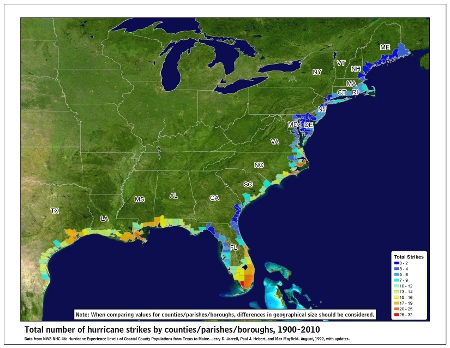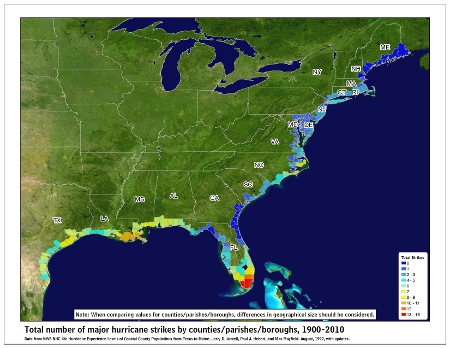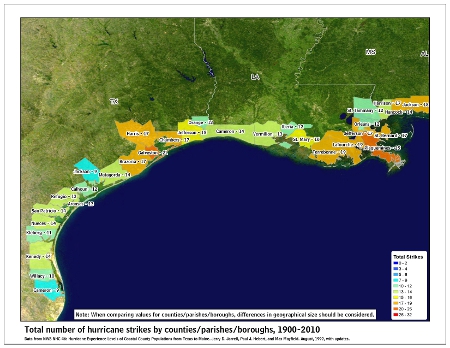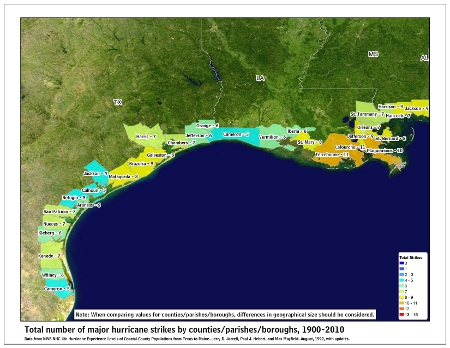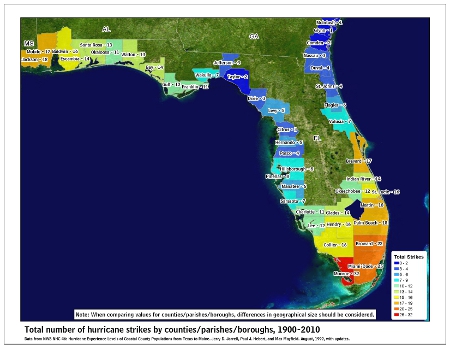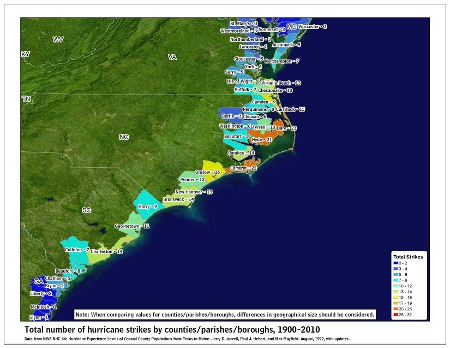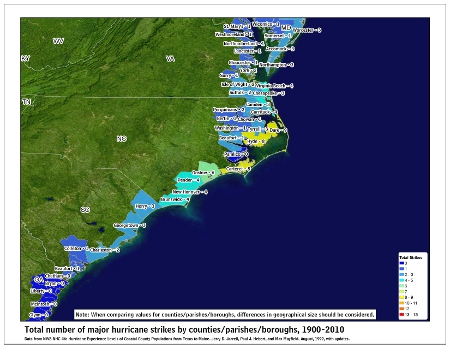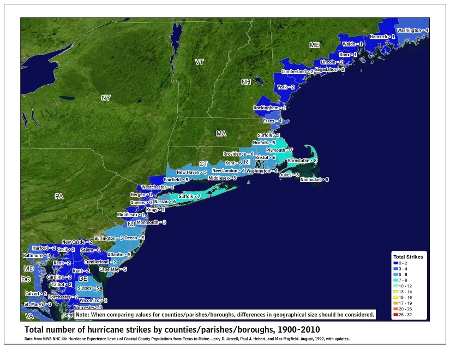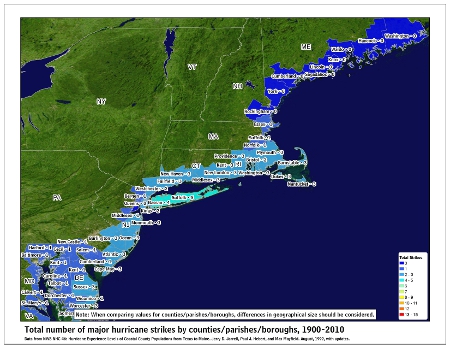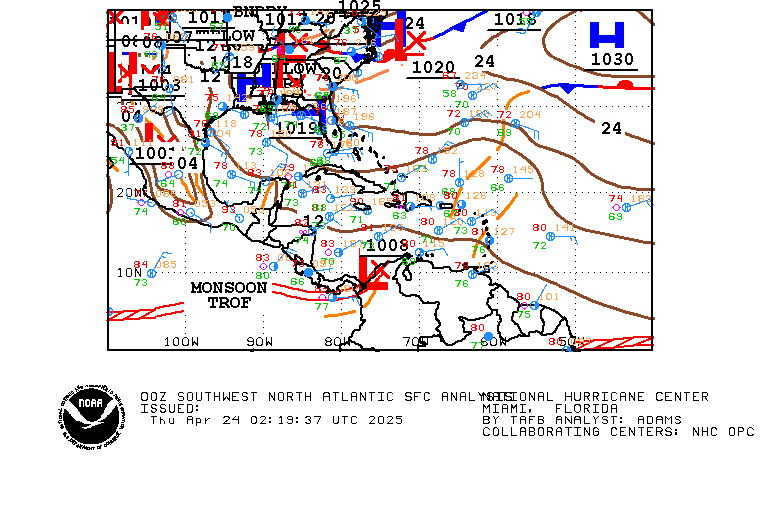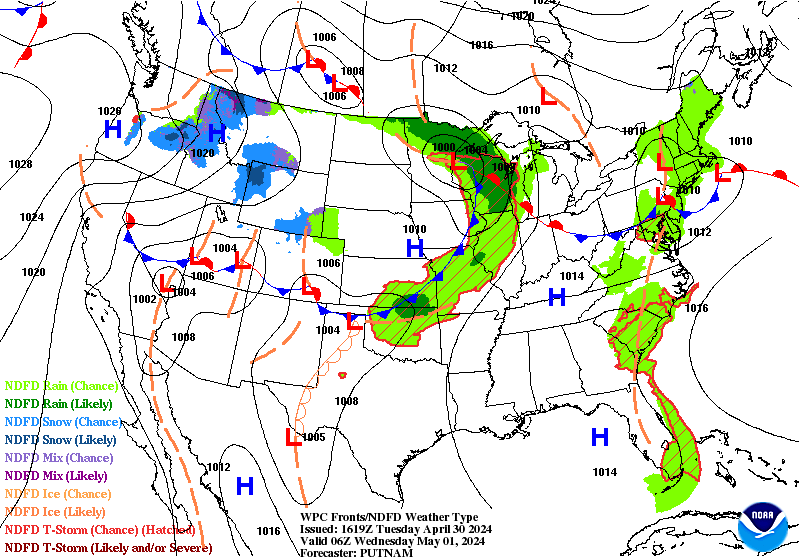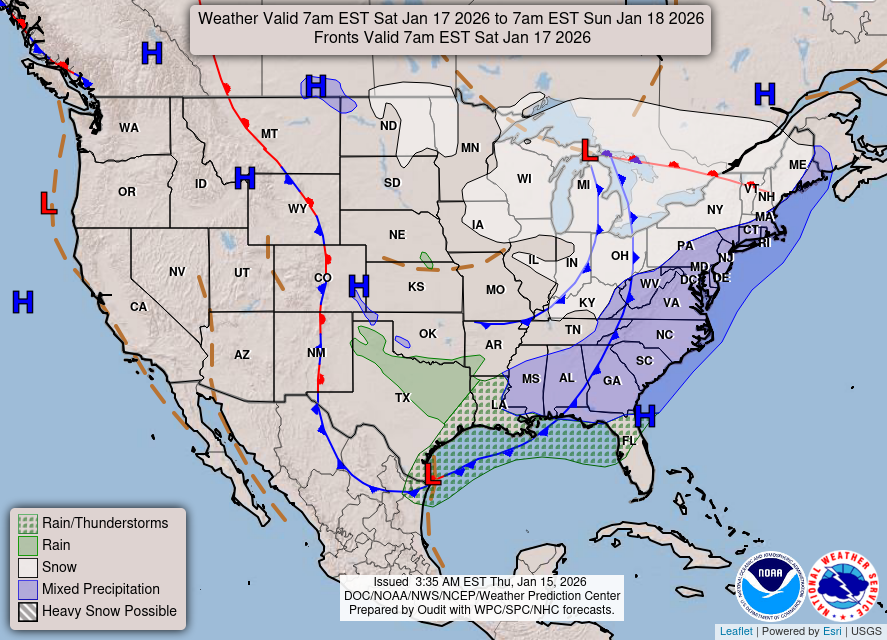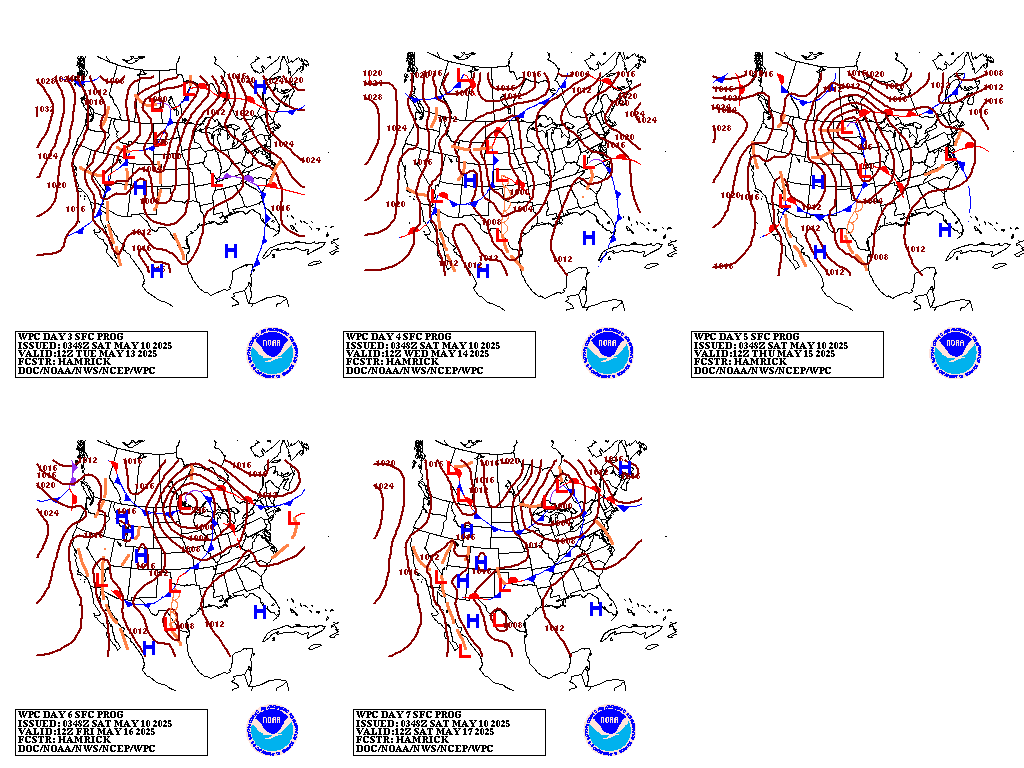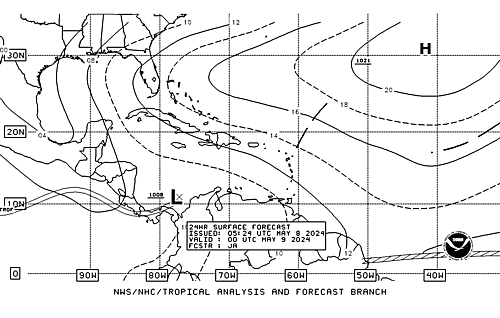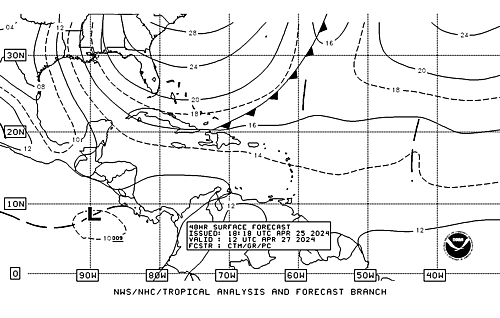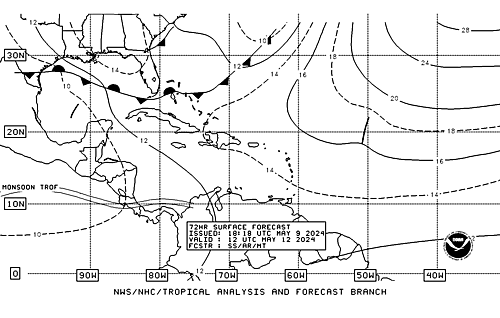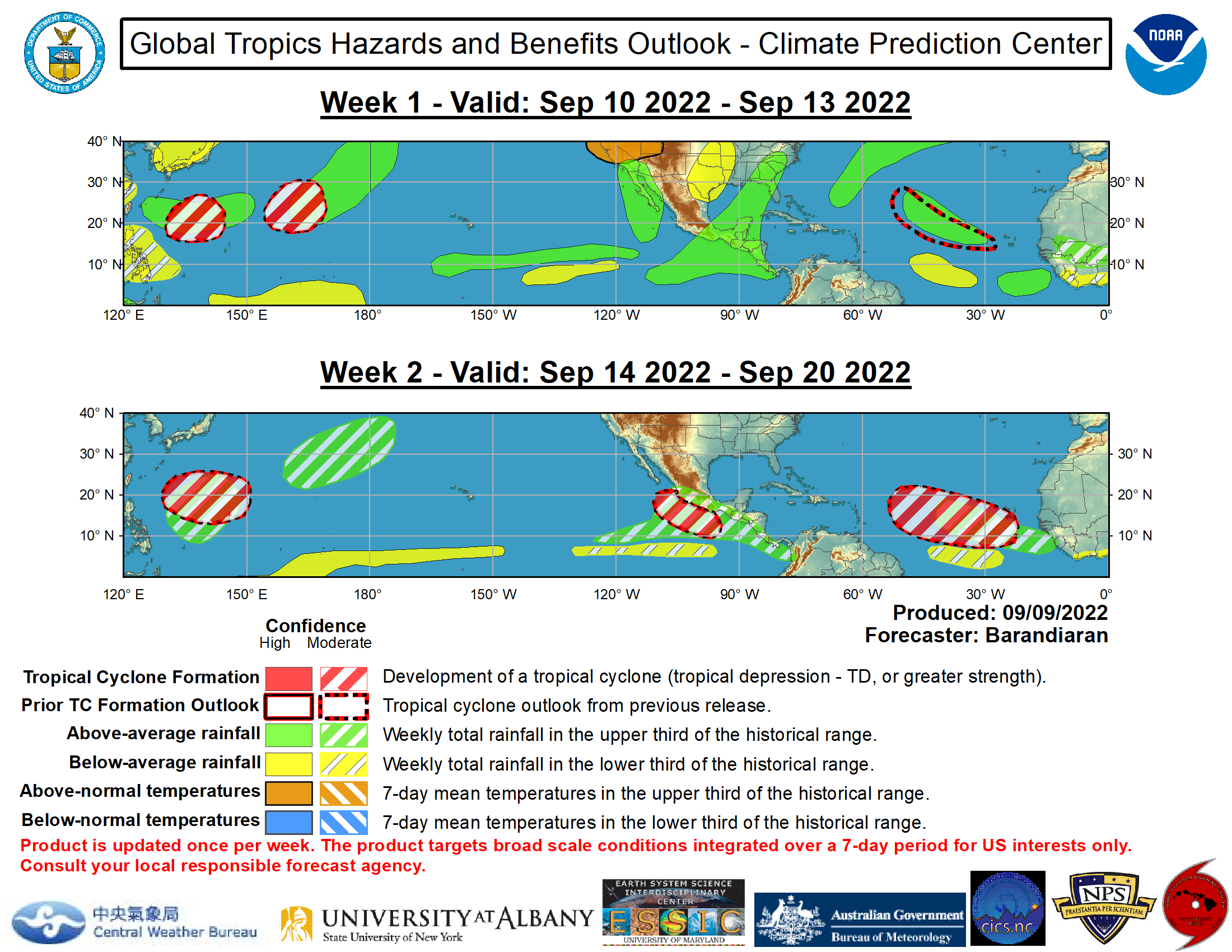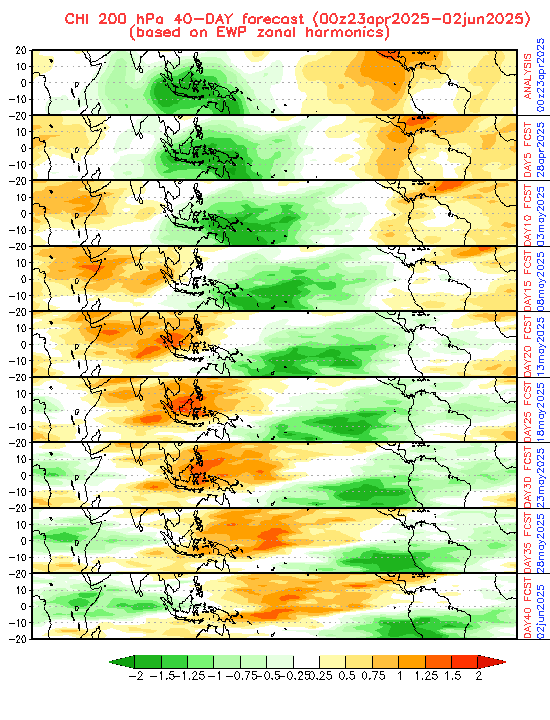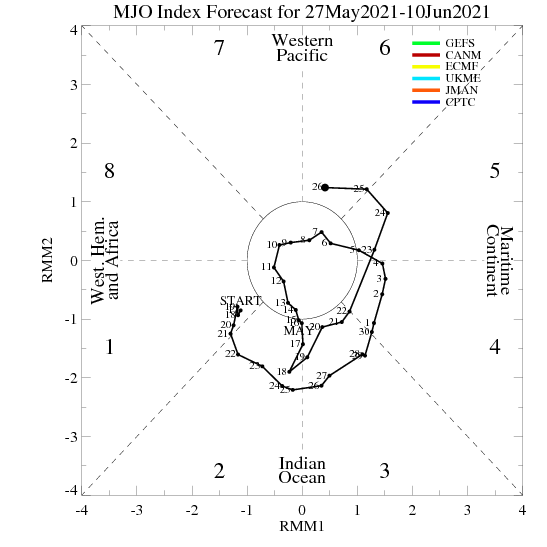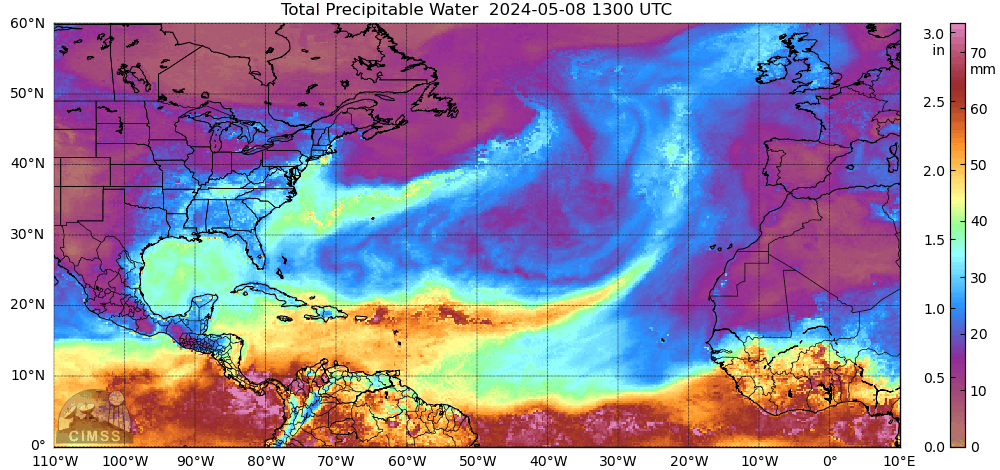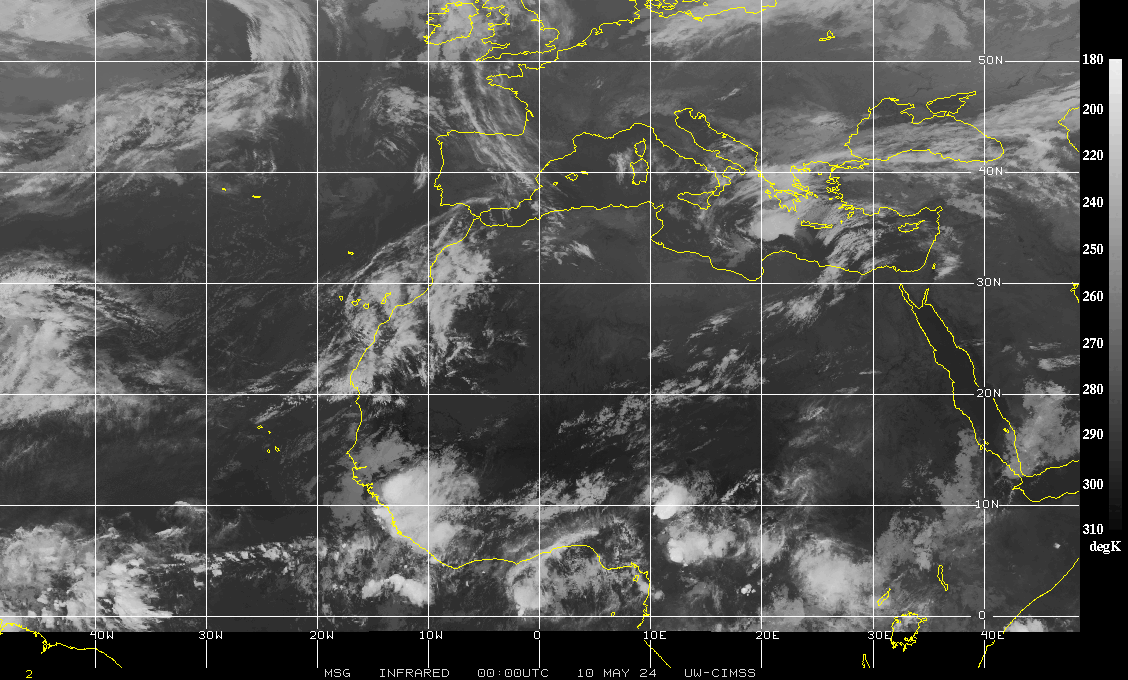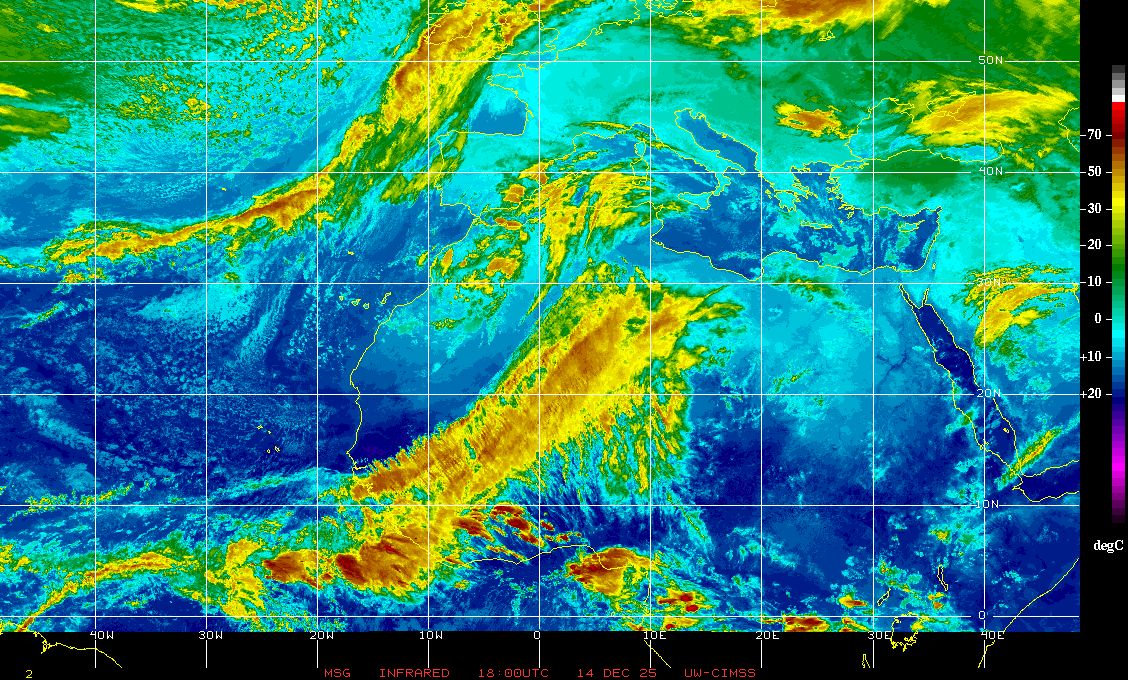Latest Posts on the LHC Blog
|

The 2021 hurricane season begins June 1st!
April 28, 2021 – The official start of the 2021 Atlantic Hurricane Season is now a month away and just like in 2020 MOST major organizations are forecasting an ABOVE AVERAGE ACTIVE Season! The only organization not forecasting an above average season is PSU. I will cover these […]

– Published April 30, 2020 – Updated: May 9, 2020 (Accuweather update) – Updated: May 21, 2020 (NOAA Forecast below)
The 2020 hurricane season begins June 1st!
May 1st, 2020 – The official start of the 2020 Atlantic Hurricane Season is now a month away and ALL major organizations are forecasting an ABOVE AVERAGE ACTIVE […]
The 2019 Season has offically come to an end. The Season as far as numbers go was an active above average one. It was marked by tropical activity that churned busily from mid-August through October. The season produced 18 named storms, including six hurricanes of which three were “major” (Category 3, 4 or 5). NOAA’s […]

The 2019 hurricane season begins June 1st!
Before the 2018 hurricane season started, Most forecasting groups called for a below-average season due to cooler than normal sea surface temperatures in the tropical Atlantic and the anticipated development of an El Niño. However, the anticipated El Niño failed to develop in time to suppress activity, and […]
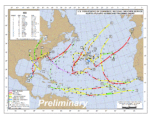
The 2018 Atlantic hurricane season is OVER! Despite almost all major forecasting groups calling for a BELOW average season this year was actually an ABOVE average season and was the third consecutive above-average damaging season. These groups were banking on cooler than normal sea surface temperatures in the tropical Atlantic and the anticipated development of […]

The 2018 hurricane season begins June 1.
Most initial forecasts project that the number of storms will be above average, and several forecasts indicate an above-average likelihood that a major hurricane will make landfall in the Caribbean, the Gulf Coast, or the US East Coast. For residents still picking up after the hurricanes Harvey, Irma, […]
1.) Annual update to the track forecast error cone.
One of the biggest changes this hurricane season will be adjustments to the NHC’s hurricane track map, or what most people call “The Cone of Uncertainty”. The cone will shrink.
The size of the tropical cyclone track forecast error cone for the Atlantic basin will be […]

Hurricane Season starts early…
For the third consecutive year in a row, activity began early, with the formation of Tropical Storm Arlene on April 19, nearly a month and a half before the official start of the season which begins on June 1st. It is only the second named storm on record to exist in […]
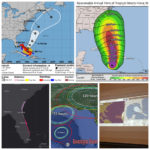
As the 2017 Hurricane Season approaches the NHC has announced 5 major changes coming in 2017, with some of the improvements having been in the works for decades!
1.) The Issuing Of Watches, Warnings and Advisories Before Storms Even Form.
The NHC will issue advisories for systems that have yet to develop but pose a […]
TD Danielle LHC Page
Danielle Advisories / Discussion Danielle past advisories, discussions and graphics archive
Tropical Storm Danielle Projected Path with Watches and Warnings
Danielle Floaters (View All Danielle Floaters HERE.)
Danielle Radar Loops
Danielle Tropical Storm Wind Speed Probability
Danielle Hurricane Force Wind Speed Probability
Danielle Intensity […]
|
|

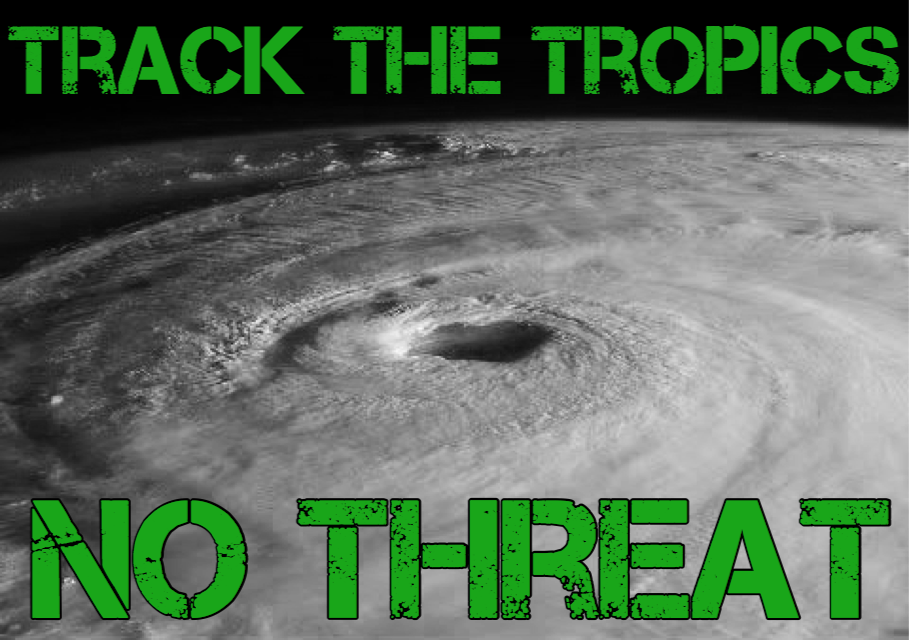
![[Map of 1950-2017 CONUS Hurricane Strikes]](http://www.nhc.noaa.gov/climo/images/conus_strikes_sm.jpg)
